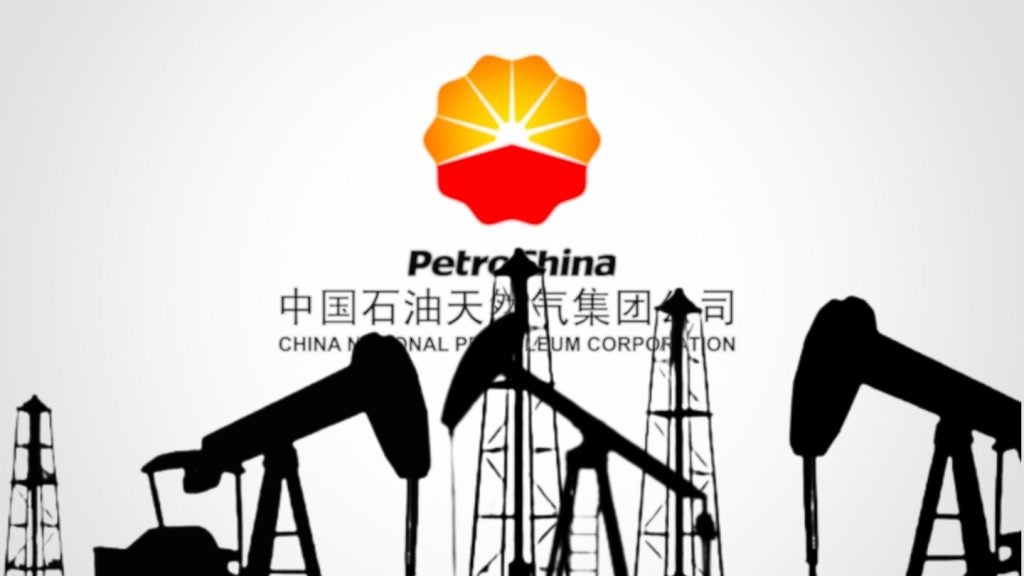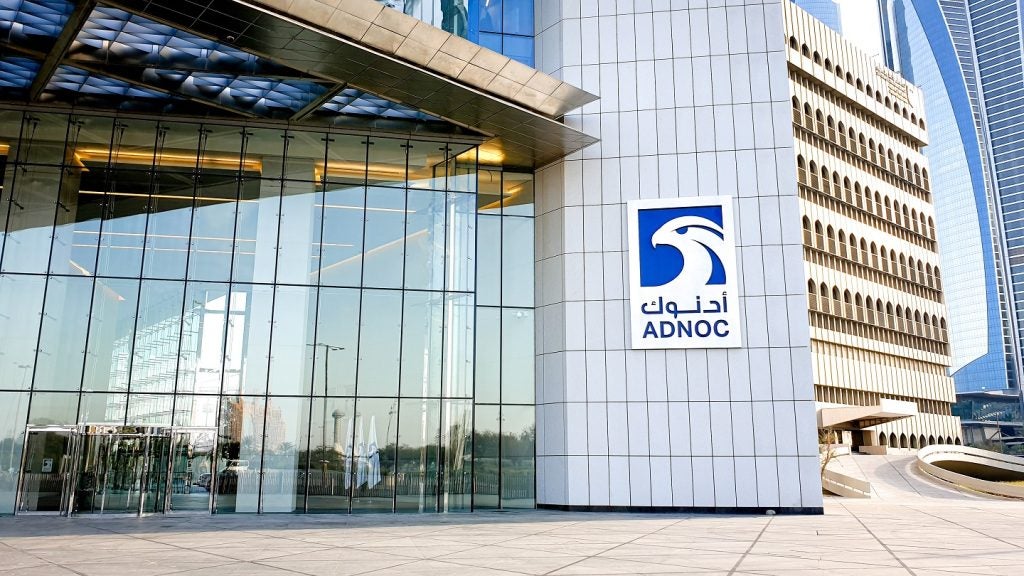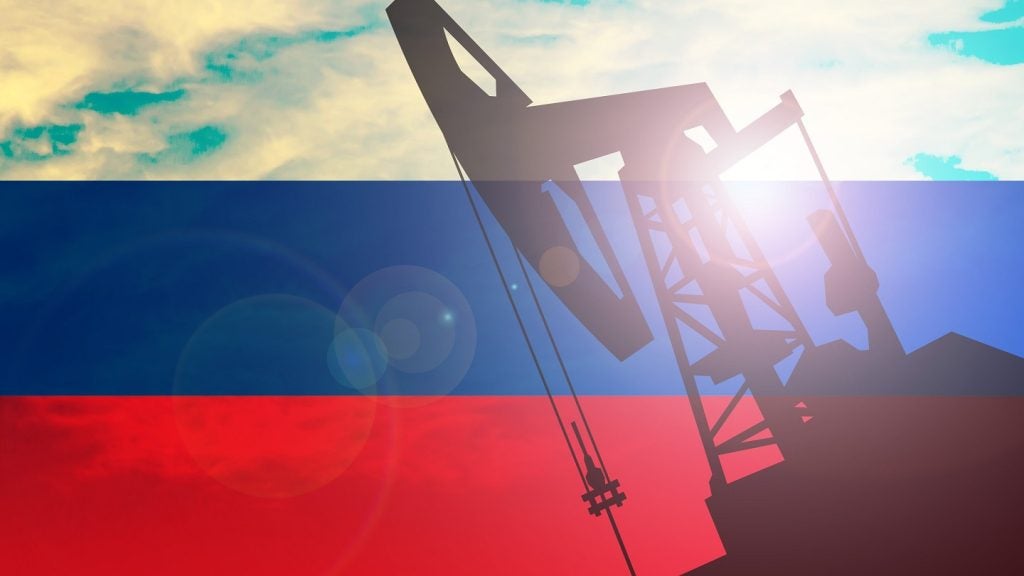
The oil and gas industry has long been aware of the high cost of reactive maintenance, which aims to provide a quick response to any equipment failure. No matter how swiftly the repair is carried out, there are always costs, from downtime incurred and disruption to production.
In contrast, proactive maintenance offers greater efficiency, safety and productivity, but it also asks a lot of the planning process.
With the right planning tools in place, however, it is possible to successfully implement a preventative approach to maintenance, as Marathon Oil UK has proven at its Brae field in the North Sea. The UK division of Marathon Oil has been active in developing North Sea oilfields for more than 20 years, so it understands the importance of keeping its facilities in optimal condition.
The Brae field has become one of the central hubs for offshore development in the region, with many marginal prospects under way, and its strategic role is set to grow in the years ahead. Maintenance of platform integrity is a high priority.
Since 2005, Marathon has made a concerted effort to become more innovative, in recognition of the growing need to exploit challenging reserves or mature fields in a cost-efficient way. This effort has included a review of operational management processes, where it sought to leverage new technology to add functionality and control costs.
See Also:
The review led to the formation of a dedicated performance improvement group, which looked at many aspects of the operations at the Brae field and found maintenance planning to be a vital focus in its drive to boost productivity and maximise efficiency.
How well do you really know your competitors?
Access the most comprehensive Company Profiles on the market, powered by GlobalData. Save hours of research. Gain competitive edge.

Thank you!
Your download email will arrive shortly
Not ready to buy yet? Download a free sample
We are confident about the unique quality of our Company Profiles. However, we want you to make the most beneficial decision for your business, so we offer a free sample that you can download by submitting the below form
By GlobalData“We pulled together as a team with clear goals, including a more disciplined approach to planning,” explains Marathon Oil UK’s operations coordinator, David E Laing. “It brings together people from many different parts of the business to optimise production and productivity by looking at everything from management strategy to technology.
“We looked at how we operated and what we wanted to achieve so that we could develop a clear vision: we always kept an open mind.”
This open-minded approach was evident in Laing’s questioning of technology choices when he joined the performance improvement team. At that stage, Marathon had chosen the enterprise version of Microsoft Project as the planning software at the corporate level, but Laing knew that all assumptions were up for review, so wanted to ensure that the software would meet the company’s needs regarding the planning of maintenance.
The right tool was a crucial building block in getting the best from a policy of proactive maintenance.
“Planned maintenance is relatively routine compared with reactive maintenance, which is more glamorous because you get to fix something that is broken and solve an obvious problem,” Laing notes. “But planned maintenance brings benefits in terms of cost, integrity and safety. It prevents downtime, avoids equipment failure and helps us to schedule repair work in a way that minimises disruption.”
Right tool, right time
Although Microsoft Project was in place at the corporate level, Laing was keen to see if the advantages it offered over existing systems in a wider context would also have a positive effect on the company’s reworking of its approach to the specific task of maintenance planning.
Because maintenance planning at the field level could potentially be handled using different software, Laing wondered whether staying with the existing Primavera tool might be the better choice. Software developer Primavera’s project, resource and portfolio management solutions, which have been used by the likes of Shell Oil, have an industry-specific focus and enable the control and implementation of large portfolios of projects from planning to completion.
Primavera solutions have so far ensured the success of projects worth over $6trn across various industries, however, although the portfolio management system used by Marathon had been designed to suit the industry’s specific needs, Microsoft Project offered some advantages over the incumbent solution.
“We had been using Primavera, although the interface was not really robust, so we questioned whether Microsoft could really do what we wanted it to,” says Laing. “We didn’t have to use it for planning at the Brae field, but it did give us the advantage of allowing each area of the field to monitor its own plans, which we didn’t get from Primavera. Individual ownership of the planning process is very important. Then we need to be able to knit those plans together to review any clashes or problems with loading, and we found that Microsoft Project was the better choice. It has its advantages and disadvantages, but it has been vindicated because we have onshore and offshore plans examined in a better way. Each area can amend and review it own plans.”
The software has since enabled drilling planning, and well services for the Brae field are now planned onshore and activated offshore.
“The maintenance planning process is visible to everybody,” comments Laing. “People onshore and offshore can easily view the plan and extract information from it. Most of the key objectives have been met and the technology has brought other bonuses, too, by providing increased visibility and allowing each area of the Brae field to manage its own maintenance plan. We’re still reviewing the process and we’ve adapted it to streamline our planning.
“Microsoft Project 2003 web access is not as slick as the more recent version, but the 2007 version was not around when we made the decision. So, there are some things that are not as good as they could be, but on the whole there are a lot of positives. Everything is visible, so we can easily see when to do particular pieces of work.”
The positives stem in part from the company’s ideas about where the new software fits in the planning process. There is a clear “master-slave” relationship between SAP and Microsoft Project.
All planning processes are built on SAP, which issues all orders for maintenance, but the lack of visibility in SAP meant that planning used to be more hit and miss, according to Laing.
“We have rules about how we transfer from SAP to the planning tool, which mean that we see the impact of maintenance work on other projects,” he explains. “SAP defines the work, then the project management software looks at the timing and impact on operations. Now, we can arrange work and make a risk assessment if there is a delay to be incurred. Along with the planning, we have rules for maintenance management, and overall there has been an improvement in the way we run the business.”
From technology to business
The results of Marathon’s operational management review have become clear in the area of maintenance planning.
“Through planning improvement projects and changes to the maintenance process we have brought down the backlog massively,” Laing comments. “Safety and uptime have improved and we have a much better view of where to focus our efforts. It generates questions as well as answers, but that means it is a good thing.”
Indeed, the success of the programme has led Marathon to look at applying similar technology at its other facilities around the world, which becomes more likely as time passes and the software evolves.
“We want the visibility that Microsoft Project gives us, but the 2003 version has shortcomings,” says Laing. “You gain in some ways, but you lose in others. So, now it is time for the next iteration, which means we may move to the 2007 version, or we might skip it and go straight to the 2009 version. Whatever happens, everyone in the organisation is keen to see it succeed.”
He stresses that the change is not driven solely by the technology, no matter which version is in place. Training was a big part of the implementation budget, which shows that the shift is as much about culture as software.
“That is the hard part, and it is also the key to success,” explains Laing. “You must adapt to the new culture and see the vision to understand why the software is better than simply having a to-do list. People will ask why we need to change when we have been doing things in a certain way for years, so you have to demonstrate the positives and show how they outweigh the negatives. We are still championing the change, but once people see the improvement, the benefits of the new technology become clear. People get to grips with software tools quickly, but the cultural shift, which answers the question ‘why are we doing this?’, takes longer.”
Having successfully made the transition, Marathon has shown its commitment to its broader goal of becoming a company geared onwards innovation, and that commitment is yielding tangible results.
Optimal maintenance at the Brae field
- The ideal:
efficient and considered output of fully defined work for execution - System, Analyse and Programme (SAP) introduced January 2002
- Work orders are generated within the PM module
- Year to date work orders – 12,000 (120,000 hrs)
- Planning Improvement Project started in 2006
- Ownership of maintenance now at departmental level
- All maintenance plans in the server can be viewed by all parties
- Integration of individual plans into a Master Plan
- Automatic creation of work activities in the plan by input to SAP
- Timing and relationship master data held in Microsoft Project
- Quarterly planning
- Loading – work set against resources
- Fully-loaded rolling plans, as opposed to part-loaded fixed plans
- Improved measurement and control
- Drilling tied into the planning system
- Consistent planning process for well developments
- Continual balancing of resources against workload
- Better visibility of material requirements and status
- Work no longer picked on preference, but on necessity







